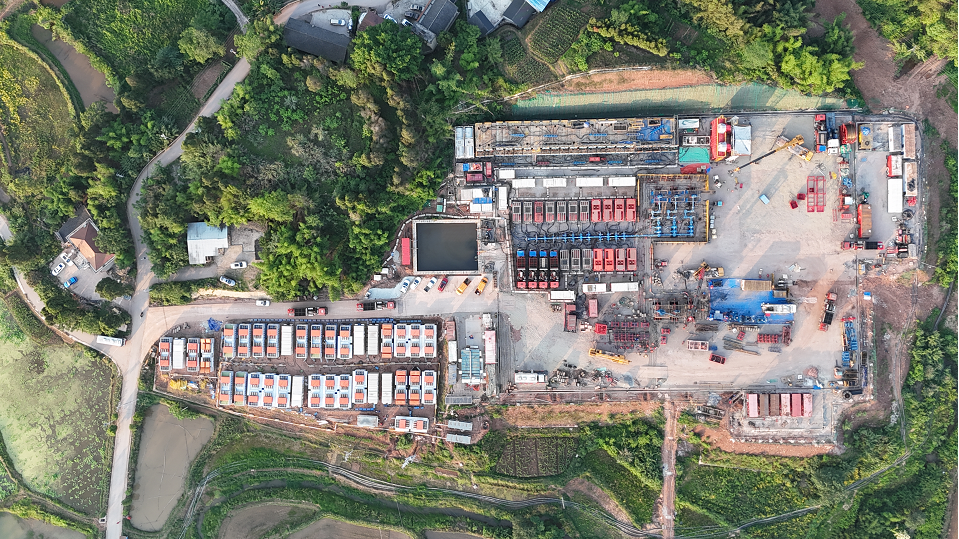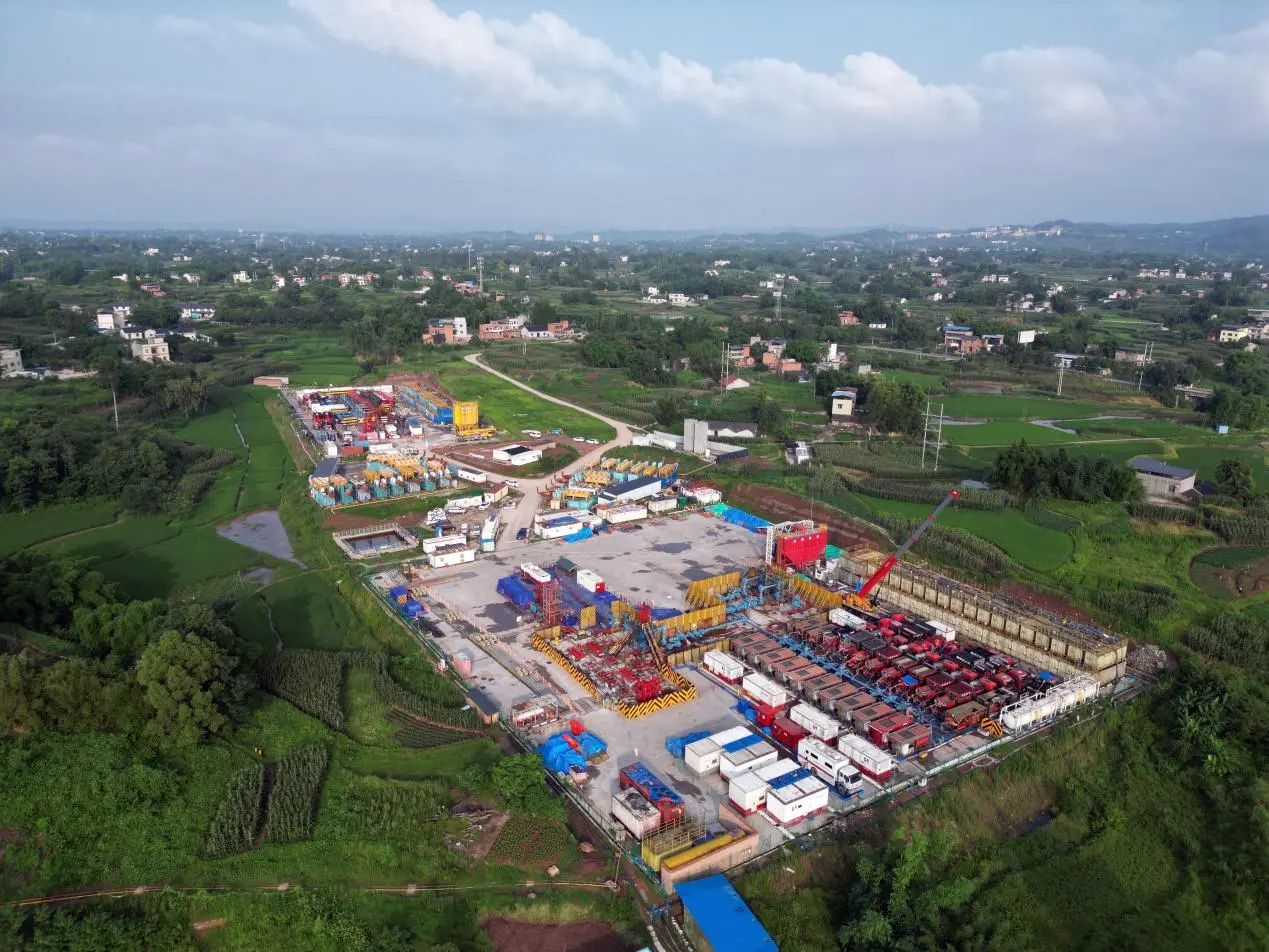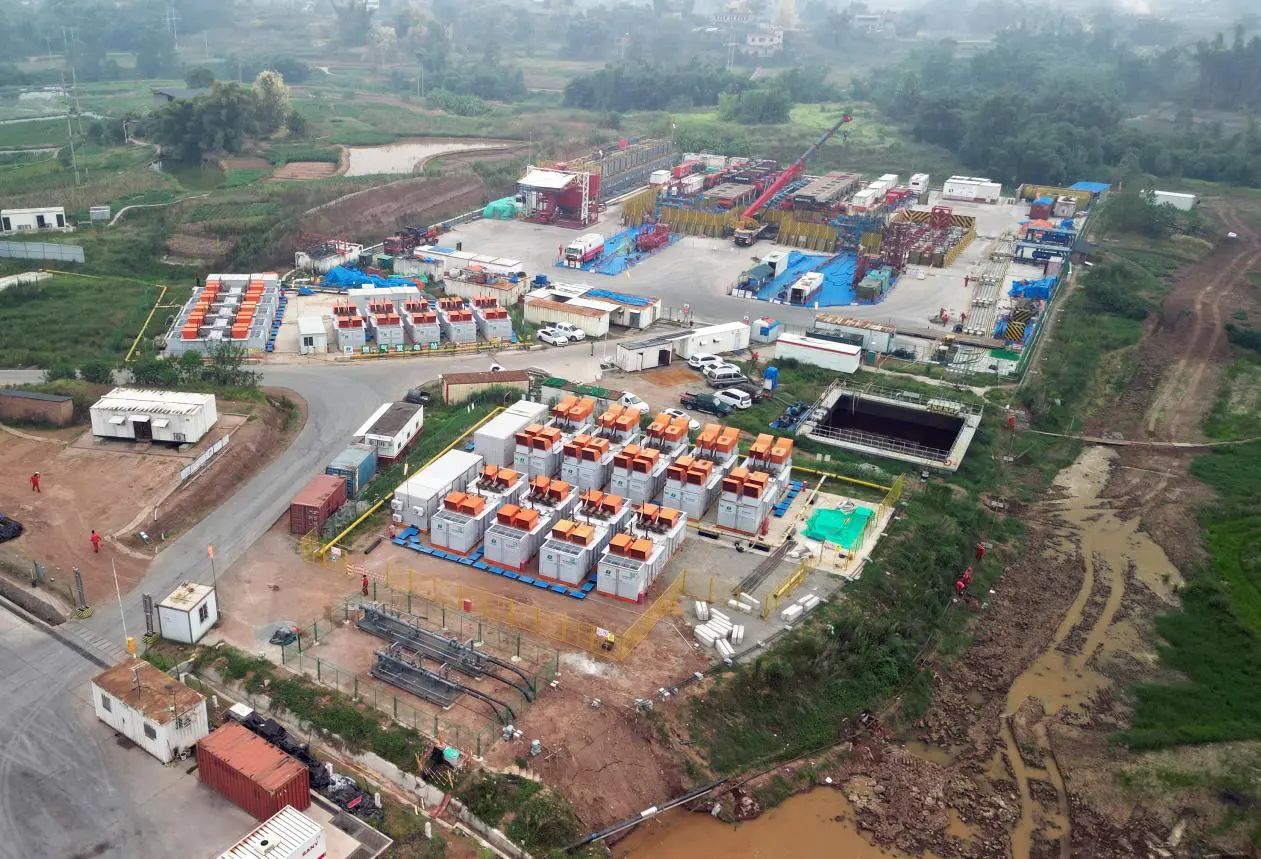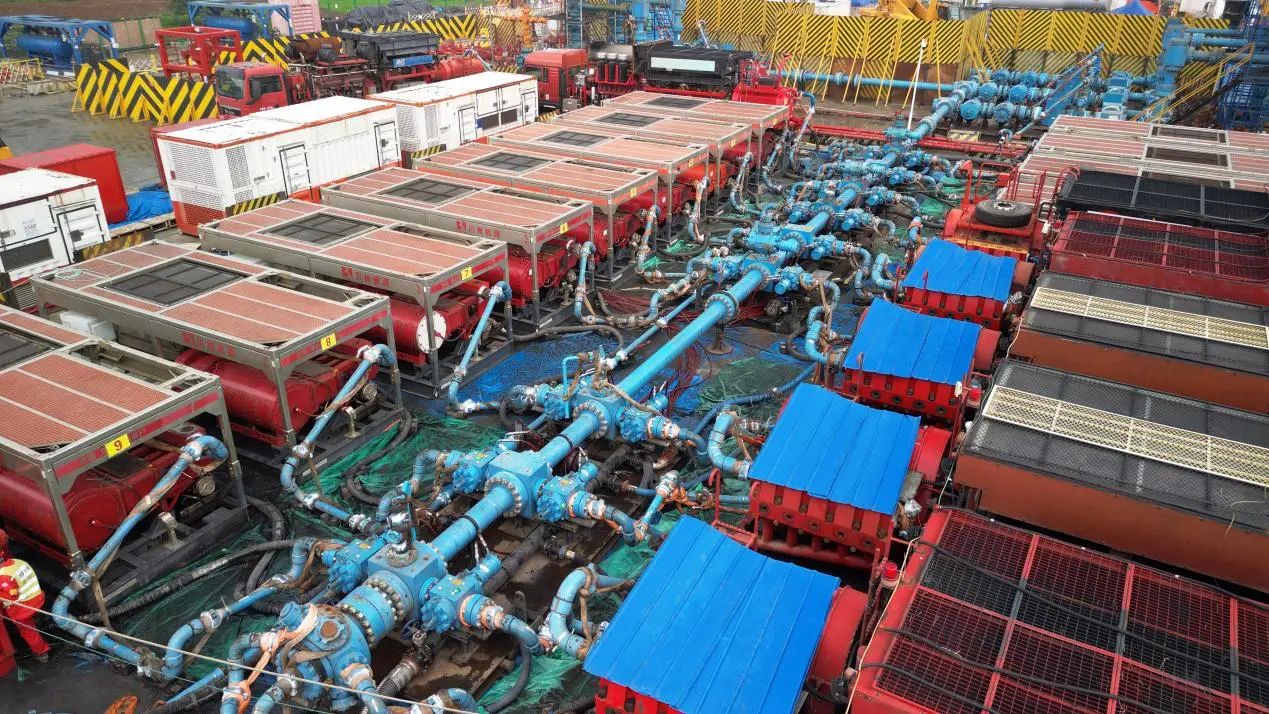Deep in remote oil fields, fracking sites bustle with activity. Here, skid-mounted natural gas generator sets are quietly transforming the power supply landscape. Like portable "mini power plants," they use clean, low-carbon natural gas to deliver efficient, flexible energy solutions.

A Cleaner Power Model
Traditional oil field power faces dilemmas: diesel generators are mobile but bring transportation risks, noise pollution, high costs, and black smoke. Grid power is stable but requires lengthy construction, suffers line losses, and risks blackouts during peak demand. As oil and gas exploration moves to remoter areas, energy supply becomes a challenge.
On May 23, skid-mounted natural gas generators powered fracking operations at Zu 201H21 Platform (contractor: Beiken Energy). Natural gas generation has revolutionized fracking power.

At this platform, the generators demonstrated overwhelming advantages:
30% lower noise than diesel units (due to soundproof engine enclosures).
30% lower CO₂ emissions, with minimal nitrogen oxides, particulates, and sulfur compounds.
Significantly reduced fuel costs, as noted by electrical engineer Wang Pengcheng.
Why not use solar power? While promising, solar is impractical for oil/gas scenarios: it requires large areas, lacks mobility, and depends on weather/sunlight. At Zu 201H21, 28 skid-mounted units (occupying <2,000 m²) meet 55% of daily fracking power needs.
Last year, at Lu 208H2A Platform (Beiken Energy), a hybrid oil-grid-gas system overcame grid shortages. Gas generators (efficiency: 3.0–3.2 kWh/m³) ensured 114 days of smooth operations and set new fracking efficiency records.

Modular Design Unlocks Potential
The core strength lies in modularity: generators, gas processing systems, power distribution units, and control systems integrate like "Lego blocks" on movable skids.
This design offers exceptional flexibility:
Oil fields can customize modules for specific power needs.
Power capacity scales by adding generator modules.
Complex gas compositions are handled with upgraded processing units.

"Transport and commissioning of 28 units at Zu 201H21 took just 20 days—remarkably fast," said Qiu Chao, Beiken fracking team leader.
In remote sites, these generators can pair with solar panels or storage systems for hybrid microgrids. They operate independently or interact with the main grid, ensuring stability during peaks or emergencies.
The design provides reliable power for short-term operations (e.g., drilling/fracking). Units are transportable and reusable, boosting resource efficiency.
Recycling Associated Gas
Where transporting external gas is costly, generators can use associated gas—a byproduct of oil extraction. Previously flared as waste, it caused pollution and resource loss.
Today, skid-mounted purification units treat associated gas (removing water, CO₂, sulfur) for power generation. Waste gas becomes clean electricity for drills and fracking equipment—enabling circular energy use.
Conclusion
Amid global energy transitions, skid-mounted natural gas generators drive greener oil field development. Under China’s "dual carbon" goals, their applications expand—from land to sea, traditional fields to new energy sectors.
This "mini power plant" reshapes oil field power with modularity and cleanness. It reflects not just technical innovation but the energy sector’s commitment to environmental responsibility.


 Popular Recruitment
Popular Recruitment
 Unlimited, Beijing, Chengdu is better
Unlimited, Beijing, Chengdu is better